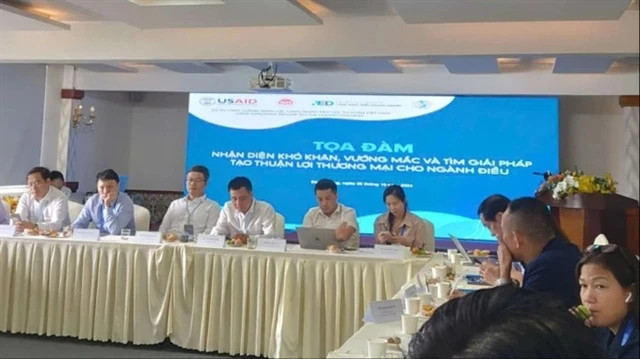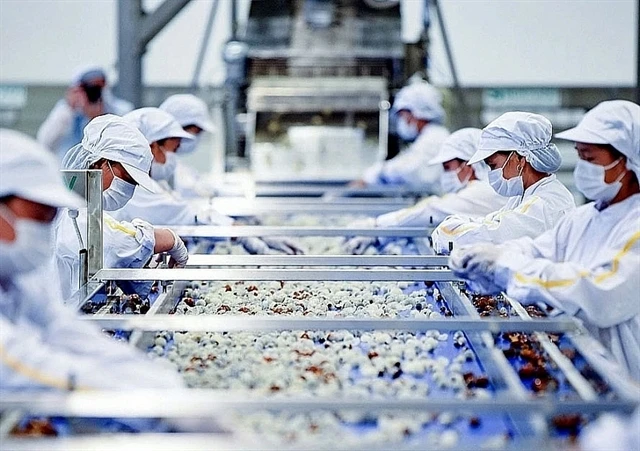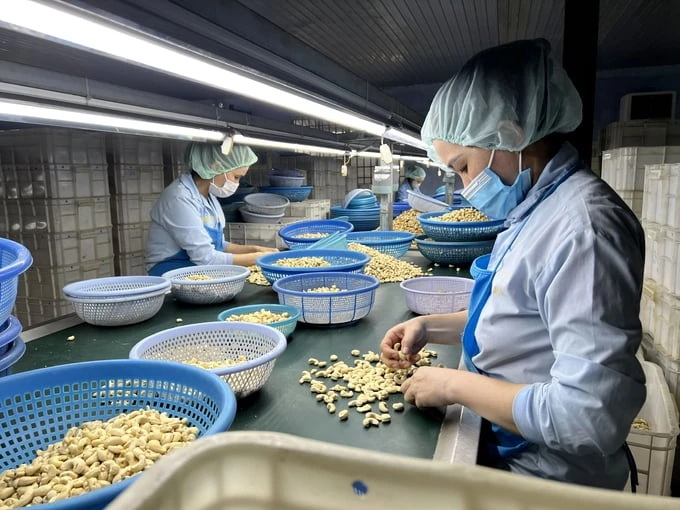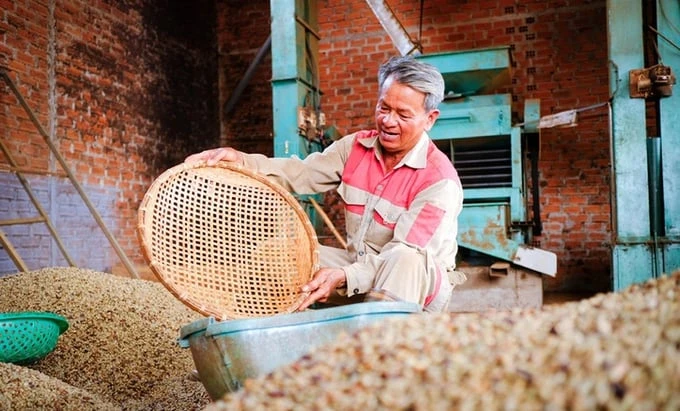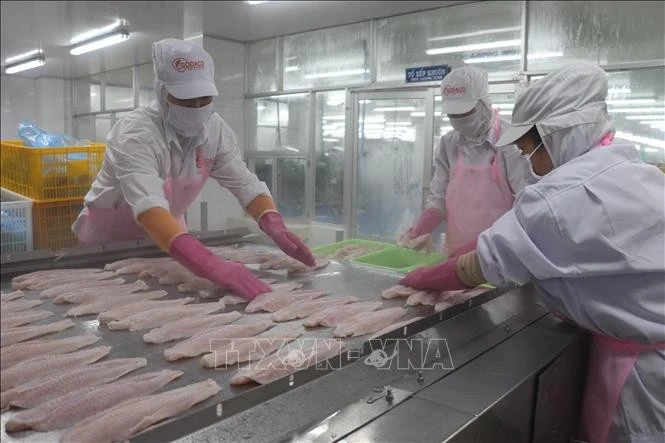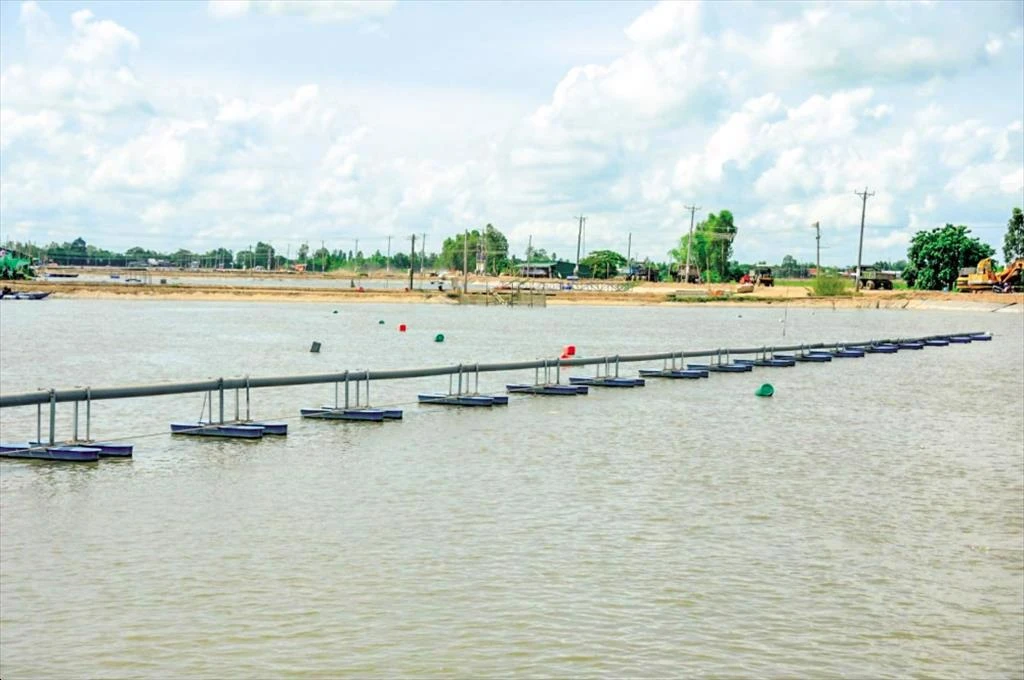
By Vietnam Expo On 25-06-2024 at 4:08 am
Transforming An Giang into the Mekong Delta's pangasius seed capital: A vision for aquaculture development of Vietnam
Recently, the "Plan for Developing linked production and consumption of pangasius by 2025 with a vision to 2030" was released by the People's Committee of An Giang Province. By 2025, An Giang's pangasius sector is expected to account for 60% of the US, EU, China, and ASEAN markets; domestic consumption of pangasius goods will account for 10% of the market. The plan also seeks to create An Giang as a center for pangasius seed production in the Mekong Delta region.
By 2025, An Giang aims to develop high-tech, eco-friendly, climate-adaptive pangasius farming models. The province will expand production areas linked between farmers and businesses, ensuring profits for farmers. The main farming areas, covering 1,500-1,600 hectares, are in Châu Phú, Châu Thành, Chợ Mới, and Long Xuyên, with 70% meeting market certification standards and 90% receiving farming codes.
An Giang plans to establish at least one pangasius cooperative and two high-quality pangasius production chains by 2025. The province will also become a central hub for pangasius breeding in the Mekong Delta, focusing on expanding the Aquatic Breeding Center and creating breeding chains with companies like Việt Úc and Vĩnh Hoàn.
By 2030, An Giang targets 1,600 hectares of commercial pangasius farming, producing 500,000 tons, valued at over 10 trillion VND, with annual growth of 5-8%. The province will enhance export-linked production chains, ensuring 500,000 tons/year are connected. Goals include an additional cooperative and attracting at least two export processing companies, with 90% of farms certified by VietGAP, GlobalGAP, ASC, or BAP.
Nguyễn Thị Minh Thúy, Vice Chair of An Giang People's Committee, stated that from 2024-2025, the focus will be on building raw material areas and product linkages, using high-quality breeds and advanced techniques to reduce costs and losses. Training in pangasius breeding and safe farming practices will be provided to farmers in linked production chains.
According to the Vice Chairman of An Giang People's Committee, the province will focus on developing two sustainable pangasius production models within the value chain, incorporating mechanization to enhance productivity, quality, and reduce post-harvest losses. The province encourages organizations, especially processing enterprises, to lead in sustainable value chain production, from farming to processing and consumption.
An Giang currently has over 1,220 hectares of commercial pangasius farming, with around 399 farming facilities, producing an estimated 600,000 tons annually. About 1,072 hectares, or 87.6% of the farming area, are linked to consumption chains, with prominent companies like Vĩnh Hoàn, IDI - Sao Mai Group, and Hưng Phúc Thịnh leading these efforts.
Nguyễn Sĩ Lâm, Director of An Giang's Department of Agriculture and Rural Development, noted that over 313 hectares are certified by international standards such as ASC, BAP, Global GAP, and VietGAP, producing approximately 200,000 tons annually, covering 25.6% of the province's pangasius farming area. Key companies include Vĩnh Hoàn, Nam Việt, Sao Mai, and others, with over 253 hectares producing about 87,000 tons. Additionally, several breeding facilities like Vinh Hoan, Navico, and Nha Trang Seafood cover 60 hectares, producing around 4,300 fingerlings annually.

Author
Vietnam Expo
Related posts
